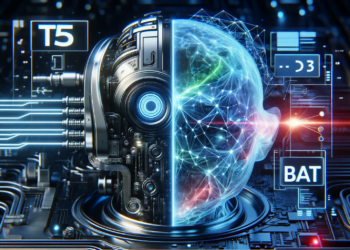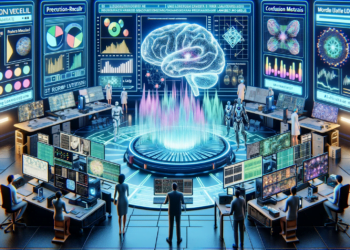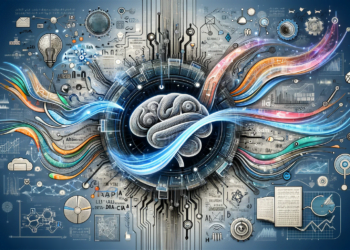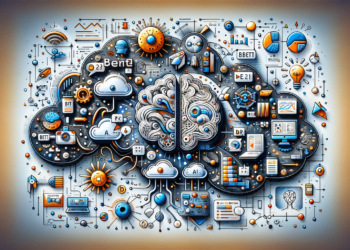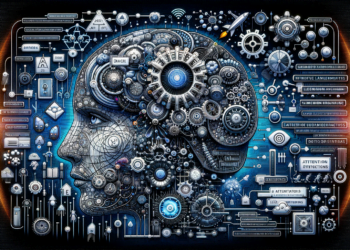The era of autoregressive neural networks has marked a turning point in natural language processing (NLP). Among the most significant developments in this area are the GPT-2 and GPT-3 models (Generative Pre-trained Transformer 2 and 3), developed by OpenAI. These artificial intelligence architectures represent the forefront of automatic text generation and have prompted a re-evaluation of what machines are capable of understanding and producing in terms of human language.
Architecture and Functioning
GPT-2 and GPT-3 are based on transformers, a class of attention models that learn contextual patterns from large text datasets. The architecture of these models uses what are called multi-head attention mechanisms, which allow the model to capture multiple pieces of information at different positions, thus offering a broad view of the context across text sequences.
GPT-2
Introduced in February 2019, GPT-2 features 1.5 billion parameters, significantly increasing the scale compared to its predecessor, GPT. It was trained on a dataset called WebText, containing billions of words extracted from diverse text sources on the web. One of the advancements of GPT-2 was the improvement in understanding and generating text coherently in longer texts compared to previous models.
GPT-3
Subsequently, GPT-3, unveiled in June 2020, pushed the technical boundaries even further, boasting an astounding total of 175 billion parameters. Its ability to manipulate and generate text is so advanced that it has been capable of performing specific NLP tasks without requiring model-specific adjustments or ‘fine-tuning’. GPT-3 leverages what is known as ‘few-shot learning’, where the model can execute tasks with considerable accuracy with just a small number of examples provided.
Comparison with Previous Works
GPT-2 set a new precedent in the coherence and length of the generated text. The improvement over GPT was not only quantitative in terms of the number of parameters but also qualitative, when handling the syntactic and semantic aspects of language with greater skill. With GPT-3, OpenAI scaled this ability, taking text generation to a level of sophistication previously unimaginable and narrowing the gap between human language and the machine interface.
However, GPT-3 is not just a larger version of its predecessor. The increase in parameters enabled it to produce texts with a fluidity that approaches the ambiguity and complexity inherent in human language, a characteristic that goes beyond mere coherence to reach a kind of implicit contextual understanding.
Practical Applications
In practical terms, the applications of GPT-2 and GPT-3 range from generating textual content and programming code to automating customer service tasks and creating highly interactive dialogue systems. GPT-3, in particular, has been implemented in various sectors, including legal, medical, and creative, providing assistance in the generation of legal documentation, formulation of preliminary diagnoses, and creation of literary works and poetry.
Case Studies
An illustrative case study is that of a technology company that implemented GPT-3 to automate the creation of product descriptions for its e-commerce platform. Previously, this task required considerable human effort in terms of time and creativity. By integrating GPT-3, the company managed to generate detailed and customized descriptions in seconds, increasing efficiency and freeing up resources to focus on strategic tasks.
Challenges and Future Directions
Nevertheless, the implementation of GPT-2 and GPT-3 comes with significant challenges, such as overseeing text generation to prevent the production of biased or harmful content and the computational resource consumption involved in training and operating models of such magnitude.
Future directions in the evolution of autoregressive models include efforts to reduce their environmental and economic impact, improve their interpretability and safety, and refine their ability to understand and generate language in less-represented languages in the internet domain.
Conclusion
GPT-2 and GPT-3 stand as unmistakable milestones in the advancement of artificial intelligence in natural language processing. Their development not only pushes existing boundaries but also opens the field to possibilities yet to be explored, inviting continuous innovation in the way machines and humans exchange and interpret information through language. As we continue to consider the potential of these models, we move closer to a symbiosis where AI becomes a catalyst for expanding our own creativity and analytical capacity.


